Dairying as Specialized Farming
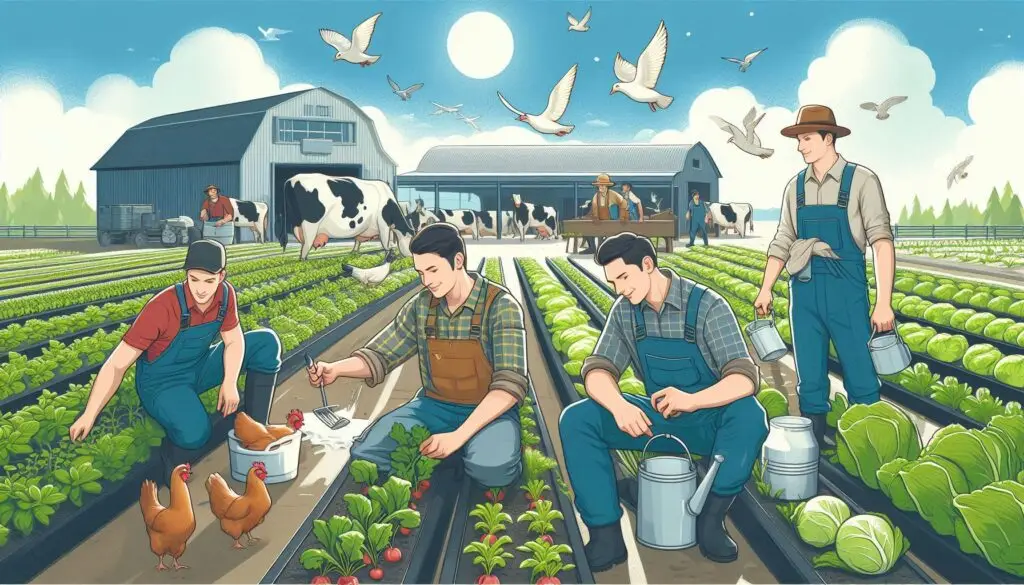
Introduction to Dairying as Specialized Farming
Dairying is more than just a method of producing milk; it is a specialized farming practice that plays a vital role in agriculture. Farmers who focus on dairying derive over 50% of their income from milk and dairy products. This specialization allows for increased efficiency, better management, and higher profitability. In this article, we will explore the various aspects of dairying as specialized farming, including its advantages, economic impact, and best practices.
The Importance of Dairying in Agriculture
Dairying contributes significantly to the agricultural sector. According to the Food and Agriculture Organization (FAO), dairy farming is crucial for food security and nutrition worldwide. It provides essential nutrients through milk and dairy products. Moreover, it supports rural economies by creating jobs and generating income.
Understanding Specialized Farming
Specialized farming occurs when a farmer focuses on one primary source of income. In the case of dairying, this means concentrating efforts on milk production. This approach allows farmers to develop expertise in managing dairy herds and optimizing production processes.
Benefits of Specialized Farming
- Increased Efficiency: Farmers can streamline operations and improve productivity.
- Market Focus: A concentration on one commodity allows farmers to respond effectively to market demands.
- Cost Management: Specialization reduces costs associated with diversified farming.
- Higher Profitability: With favorable market conditions, specialized dairy farms can achieve significant profits.
The Economic Impact of Dairying
Dairying has a profound economic impact, especially in rural areas. It provides livelihoods for millions of people globally. In countries like India, dairying is a key component of the agricultural economy. The National Dairy Development Board (NDDB) highlights how dairy farming contributes to rural development by enhancing income levels and improving living standards.
Employment Opportunities in Dairying
The dairy industry creates numerous job opportunities. From farm workers to processing plant employees, many individuals depend on this sector for their livelihoods. Additionally, it supports related industries such as feed production and transportation.
Contribution to GDP
In many countries, the dairy sector contributes significantly to the Gross Domestic Product (GDP). For instance, in India, the dairy industry accounts for about 4% of the national GDP (source: NDDB). This contribution underscores the importance of dairying in national economies.
Best Practices in Dairying
To succeed in specialized dairying, farmers must adopt best practices that enhance productivity and sustainability.
Selecting the Right Breed
Choosing the right breed is crucial for successful dairy farming. Popular breeds include Holstein, Jersey, and Guernsey. Each breed has unique characteristics that affect milk production and quality.
Factors to Consider When Choosing Breeds:
- Milk Yield: Some breeds produce more milk than others.
- Fat Content: The fat content in milk varies by breed.
- Adaptability: Certain breeds thrive better in specific climates.
Nutrition Management
Proper nutrition is essential for dairy cows. A balanced diet ensures high milk production and overall health. Farmers should consider incorporating high-quality forage and concentrates into their cows’ diets.
Key Nutritional Components:
- Energy: Essential for maintaining high milk yields.
- Protein: Important for growth and milk production.
- Minerals and Vitamins: Necessary for overall health.
Milking Techniques
Efficient milking techniques can improve productivity. Farmers should focus on hygiene during milking to prevent contamination and ensure high-quality milk production.
Recommended Milking Practices:
- Regular Milking Schedule: Consistency helps maintain milk flow.
- Clean Equipment: Ensure all milking equipment is sanitized.
- Stress Reduction: Minimize stress for cows during milking.
Challenges Faced by Dairy Farmers
While dairying offers numerous benefits, it also presents challenges that farmers must navigate.
Market Fluctuations
The dairy market can be volatile. Prices may fluctuate due to supply and demand dynamics or changes in consumer preferences. Farmers need to stay informed about market trends to make strategic decisions.
Climate Change Impact
Climate change poses significant risks to dairying. Changes in weather patterns can affect feed availability and animal health. Farmers must adopt sustainable practices to mitigate these impacts.
Sustainable Practices Include:
- Water Management: Efficient use of water resources.
- Soil Conservation: Maintaining soil health through crop rotation and cover cropping.
- Waste Management: Proper disposal and recycling of waste materials.
The Future of Dairying as Specialized Farming
The future of dairying looks promising with advancements in technology and sustainable practices. Innovations such as precision farming can help optimize resources and improve productivity.
Technological Advancements
Technology plays a crucial role in modern dairying. From automated milking systems to data analytics for herd management, technology can enhance efficiency.
Examples of Technology in Dairying:
- Robotic Milkers: These systems allow cows to be milked at their convenience.
- Wearable Sensors: Monitoring cow health and activity levels.
- Data Management Software: Analyzing herd performance metrics.
Emphasis on Sustainability
Sustainability is becoming increasingly important in dairying. Consumers are more conscious about where their food comes from and how it is produced. Farmers who adopt sustainable practices will likely see increased demand for their products.
Sustainable Practices Include:
- Organic Farming: Reducing chemical inputs.
- Renewable Energy Use: Utilizing solar or wind energy on farms.
- Biodiversity Conservation: Supporting diverse ecosystems within farming systems.
Conclusion
Dairying as specialized farming is a vital component of agriculture worldwide. It offers numerous benefits, including economic contributions, job creation, and food security. By adopting best practices and embracing technological advancements, farmers can enhance productivity while ensuring sustainability.
As we look towards the future, it is clear that dairying will continue to play a critical role in feeding the growing global population while supporting rural economies.
More from Livestock Production and Management:
https://wiseias.com/feeding-goats-for-milk-production/
https://wiseias.com/feeding-pregnant-ewes/
https://wiseias.com/feeding-managing-livestock-natural-disasters/

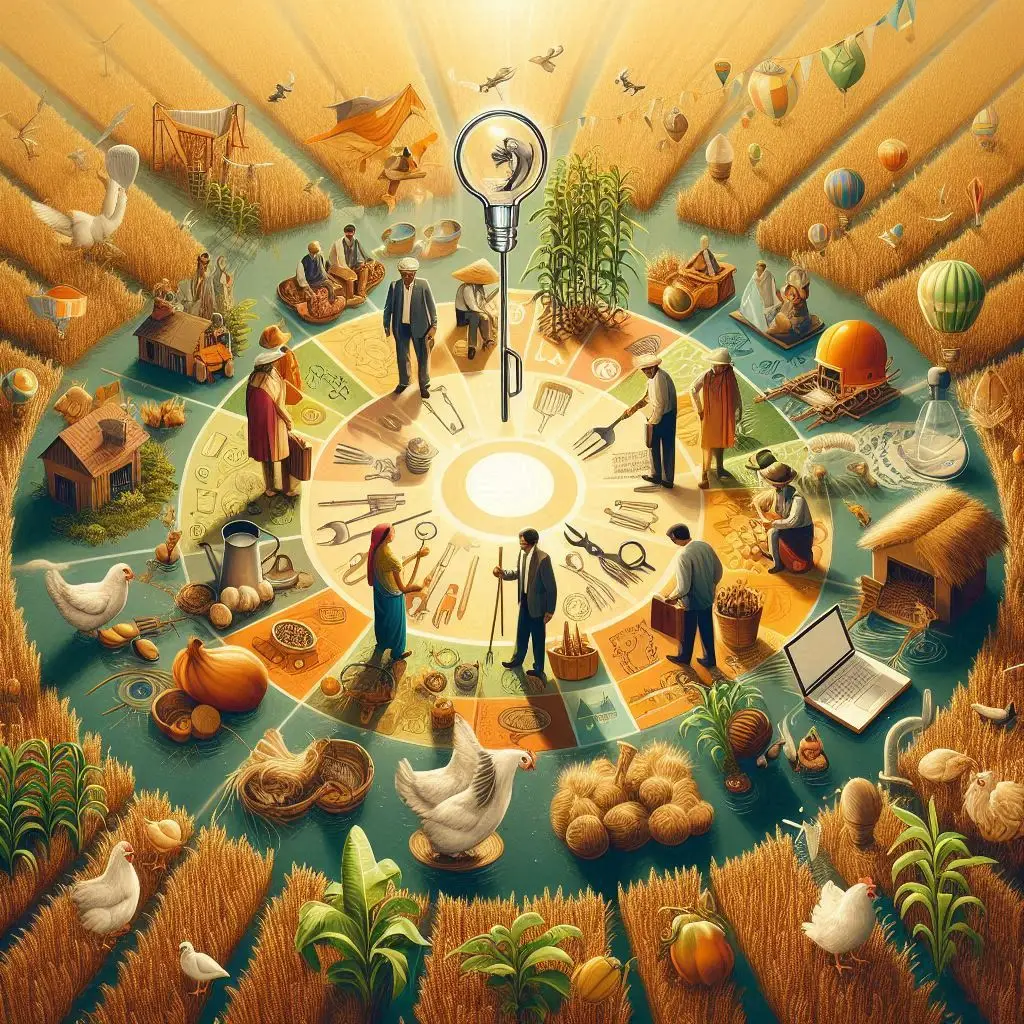
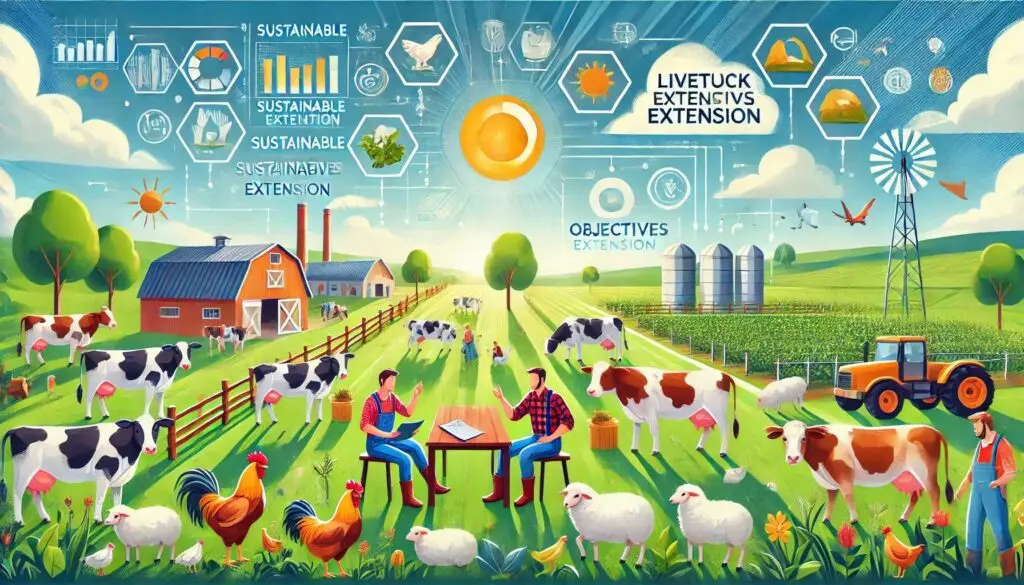
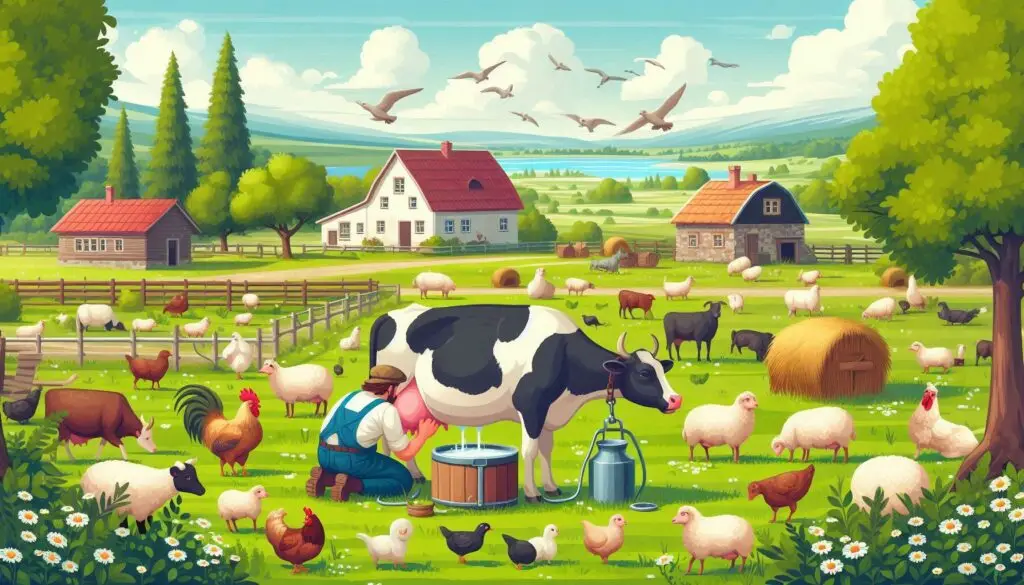
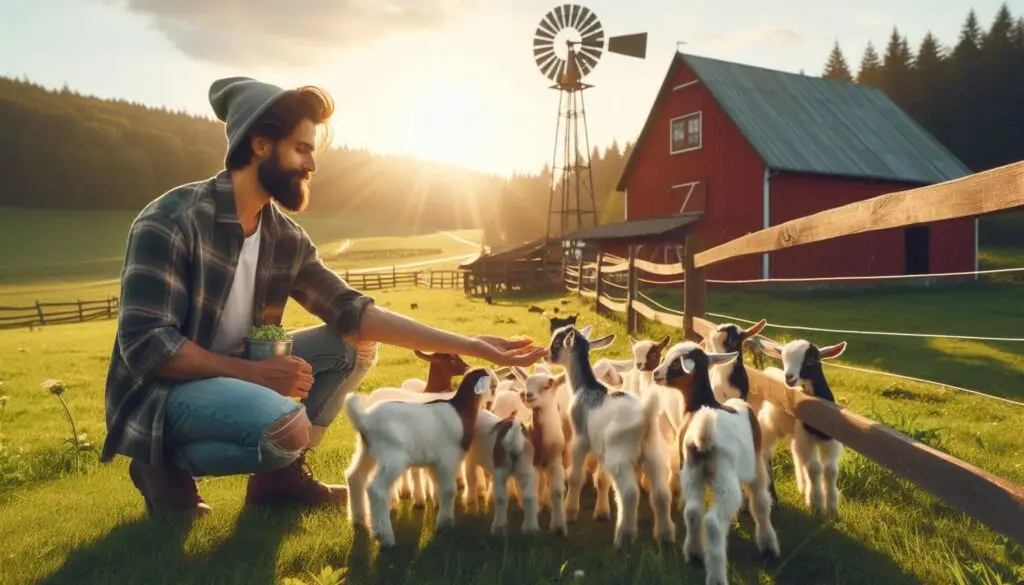
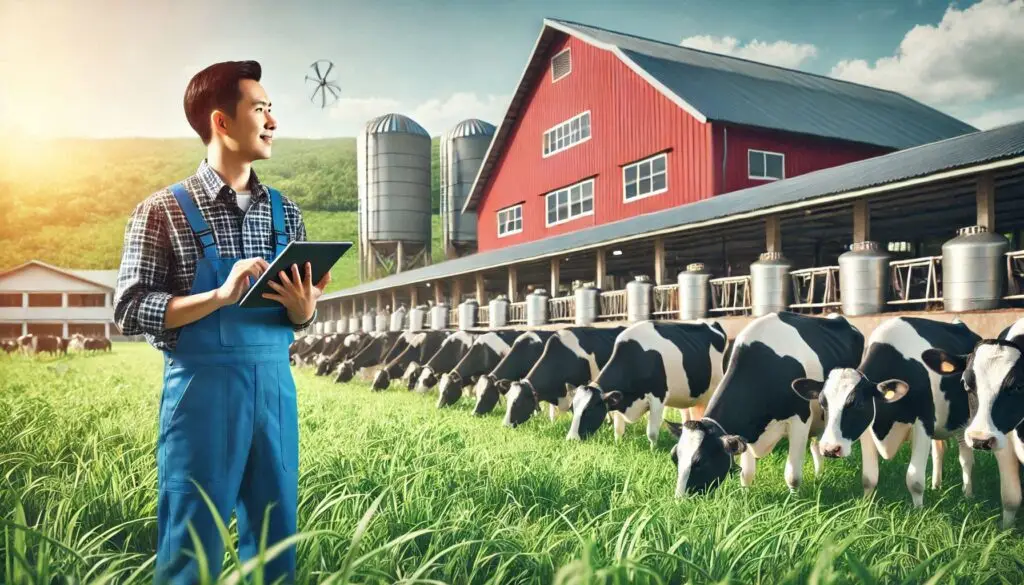
Responses